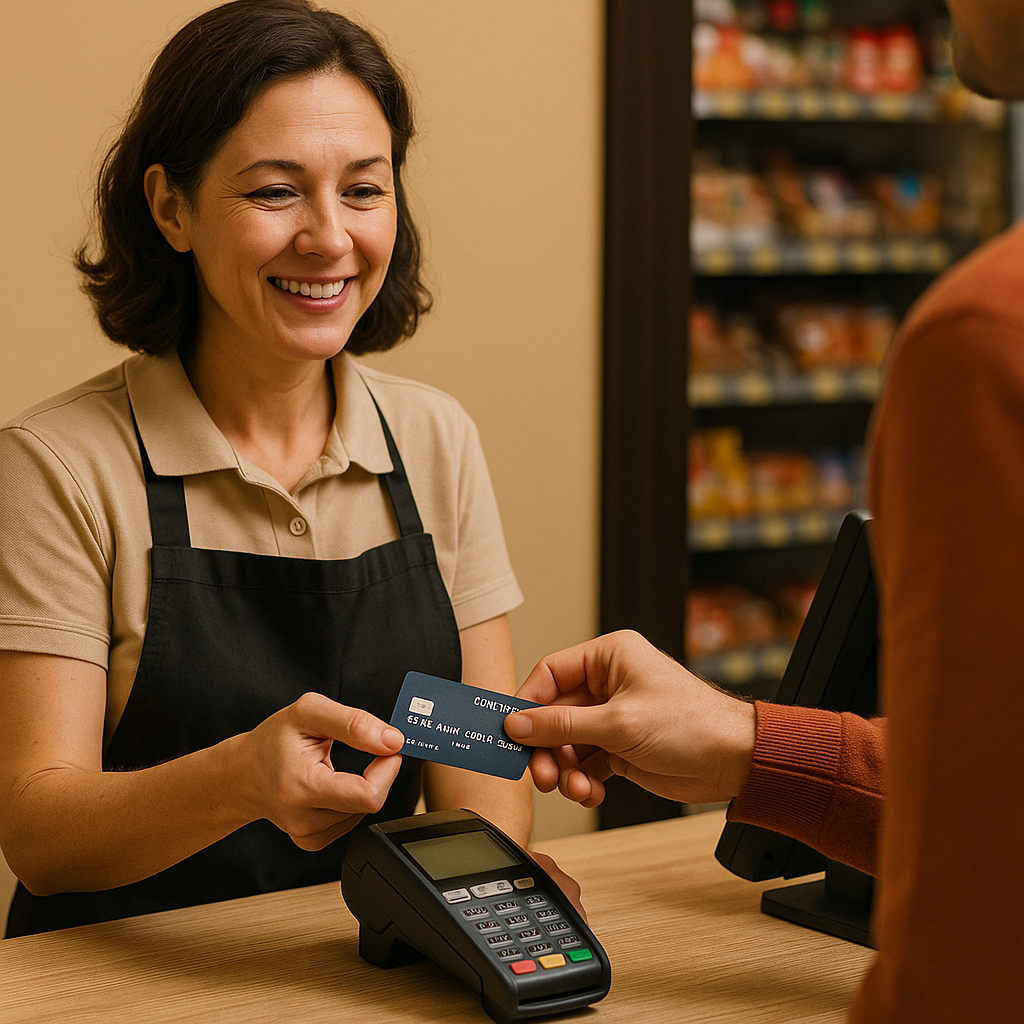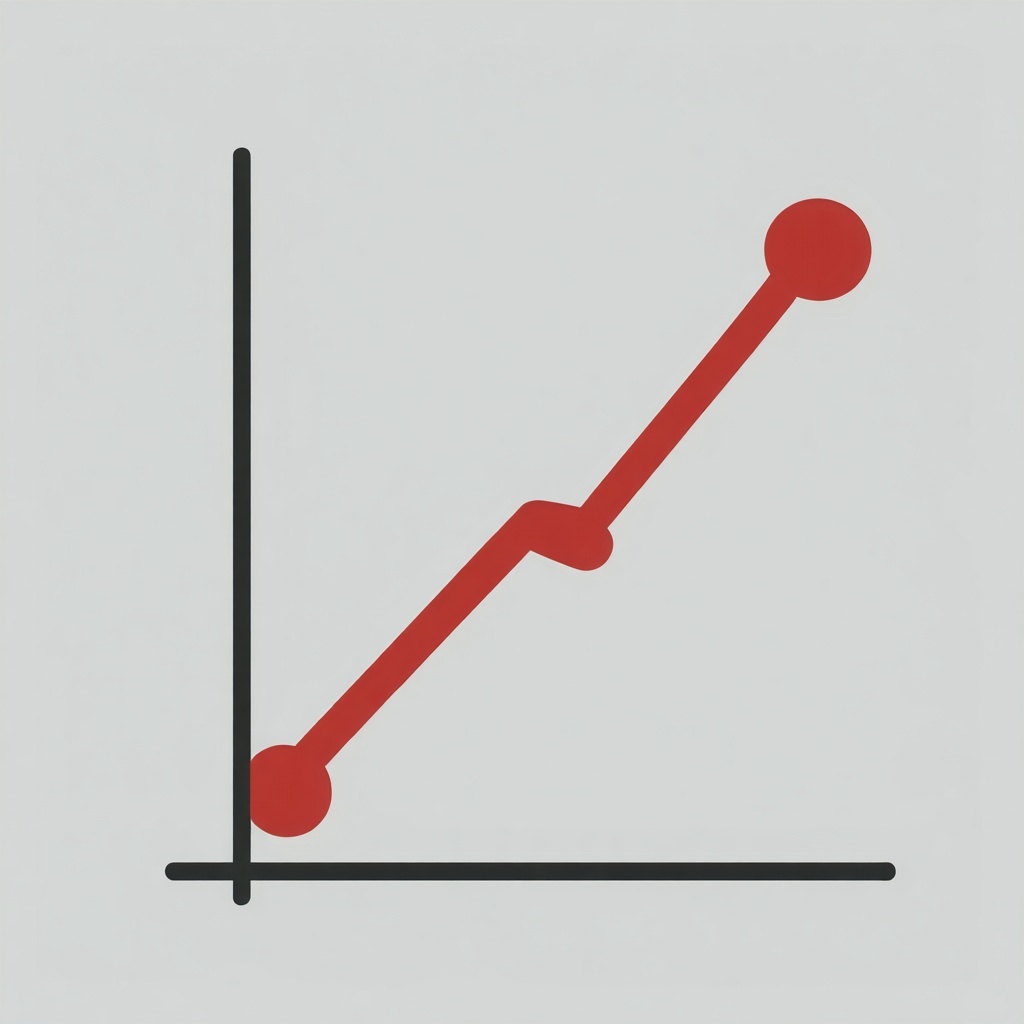A Step-by-Step Guide on How to Use Loyalty Program Analytics to Drive Customer Engagement
Did you know that the average person is a member of 14.8 loyalty programs but is only actively engaged in 6.7 of them? This gap reveals a huge opportunity (and challenge) for brands looking to turn passive members into enthusiastic, loyal customers.
Simply having a loyalty program isn’t enough anymore. To truly stand out and drive meaningful results, businesses need to dig deeper into their loyalty program analytics. By understanding customer behaviour, preferences, and engagement patterns, you can craft smarter strategies that keep your members coming back again and again.
In this guide, we’ll explore how to leverage loyalty program data to boost customer engagement, increase lifetime value, and build lasting relationships with your audience.
Why Customer Engagement is So Important
Keeping customers engaged can have a game-changing impact on your bottom line. A 5% increase in customer retention can boost profits by up to 95%. Engaged customers are not just part of your loyalty program, they are actively participating. In fact, repeat customers spend 67% more than new customers, making engagement a powerful driver of revenue growth.
When customers stay engaged, they’re more likely to open your emails, take part in promotions, and respond to your offers. This leads to more frequent purchases, higher spending per transaction, and stronger brand loyalty over time.
Yet many loyalty programs face a challenge: a large portion of members remain inactive or disengaged.
- Only 24% of people share feedback with their loyalty program
- 19% share personal data with loyalty programs
- 17% post about their favourite brands on social media
- 54% of loyalty members are completely inactive
These statistics reveal a major challenge and opportunity. By leveraging loyalty program analytics, you can turn these passive members into customers who engage deeply, share valuable insights, and become loyal advocates.
4 Steps to Keep Your Customers Engaged Using Loyalty Program Analytics
1. Define Your KPIs
Before you can effectively keep customers engaged, you need to understand how to measure engagement in the first place. Data without context is just numbers, but when you know which metrics to track and how to interpret them, you can turn that data into actionable insights.
Common engagement metrics to track include:
- Active participation rate: the percentage of members who earn or redeem points in a given period.
- Redemption rate: how often members use their rewards.
- Visit frequency: how often loyalty members shop or interact with your brand.
- Average spend per member: how much loyalty members spend compared to non-members.
- Offer response rate: how many members act on promotions or personalized offers.
Looking at these metrics together can uncover hidden gaps in your engagement strategy. A lagging metric often signals where customers are losing interest or where your program could work harder for them.
For example, a low redemption rate might mean your rewards aren’t enticing enough, while low visit frequency could suggest you’re not reminding customers to come back. By identifying and addressing these gaps, you can fine-tune your offers, promotions, and communication to keep members actively engaged. For more ideas, check out our blog on boosting point redemptions.
2. Segment Your Loyalty Audience
Once you know which engagement metrics matter most, the next step is to dig into the data and see how different types of customers behave. Each customer has their own purchase preference and one-size-fits-all offers no longer cut it. Loyalty program analytics make it easy to group members into meaningful segments based on their behaviours, preferences, and value.
Divide your audience into useful segments such as:
- New members: These customers are at a crucial point in their journey. Set up an onboarding flow with a welcome bonus, a “how it works” guide, and small incentives to drive that all-important second purchase. For example, if they joined last week but haven’t come back, try a time-sensitive offer like “Your second cup’s on us—expires in 3 days” to build habit and momentum.
- Lapsed or inactive customers: These are members who haven’t purchased or redeemed in 30, 60, or even 90+ days. Use analytics to identify drop-off patterns, then re-engage them with personalized subject lines (“First Name, your points are waiting!”) or tailored offers based on their past purchases.
- VIPs and top spenders: Your most valuable customers deserve exclusive treatment. Create a tiered experience with early access to new products, invite-only events, or surprise-and-delight perks like a free upgrade or personalized thank-you message.
- Promotion-only shoppers: These customers tend to only act when there’s a deal. That doesn’t mean they’re disloyal, but it does mean your strategy should focus on targeted, time-sensitive offers. Consider sending them curated bundles, flash sales, or bonus-point multipliers that speak to their value-driven mindset.
By understanding the unique behaviors of each segment, you can move from generic, blanket promotions to highly targeted campaigns that resonate on a personal level.
Learn how to gather the right insights and use them to fuel personalized marketing and stronger customer relationships.

3. Increase Engagement with Strategic Campaigns
Once you’ve segmented your audience, the next step is to give each group a reason to engage with your program regularly. This means giving them regular, compelling reasons to interact, not just when they’re ready to make a purchase.
For example, if you have identified a disengaged customer segment, you might try running a win-back campaign with a few promotions like this:
- Abandoned rewards: When a member is just a few points away from a reward but hasn’t taken action, that’s a prime engagement opportunity. Send a reminder with subject lines like, “You’re only 50 points away!” or sweeten the deal with a one-time bonus to push them over the threshold. These small moments can re-spark activity and reinforce the value of the program.
- Points expiring: Don’t let your hard-earned members drift away unnoticed. When points are about to expire, send a countdown message with clear next steps for redemption. Create urgency with language like, “Only 5 days left to use your points!”.
- Personalized discounts on their favorite items: Use purchase history data to identify what each member buys most often, then send them a targeted discount to rekindle interest (P.S. we call this SKU-based loyalty). For example, “We thought you might like 20% off your next latte” or “Your favorite running shoes are on sale… just for you.” This kind of offer reminds members you know their tastes and value their business.
Beyond purchase-driven triggers, you can also build ongoing touchpoints that make interacting with your program part of customers’ daily routine. For instance, Shein’s daily check-in feature gives users points just for logging in, with extra rewards for streaks. This creates a quick, low-effort reason to engage even when they’re not actively shopping.
Here are a few gamified ideas you can add to your loyalty program to keep members coming back and interacting with your brand.
- Daily or weekly log-in points to encourage repeat visits to your app or site.
- Streak rewards for completing actions multiple days in a row.
- Mini challenges (e.g., “Check in 5 days this week to earn 50 bonus points”) to keep participation fresh.
- Spin-to-win wheels or instant win games for surprise rewards.
The goal is to make engagement effortless, consistent, and rewarding, so your members stay connected to your brand in between purchases.
Pro Tip: DataCandy’s loyalty tools let you easily create customer segments and send personalized offers tailored to each group. You can also track member spend and visit frequency by segment, helping you customize your messaging and promotion strategies. For example, if you notice your “silver” tier members are visiting less often, consider sending them targeted incentives to encourage more frequent visits and boost their engagement (e.g. exclusive bonus points or time-limited discounts).

4. Test, Learn, and Refine Your Loyalty Campaigns
Last but not least, treat analytics as a roadmap, not just a rearview mirror. The performance of your segment-based strategies and promotions should be continuously tested.
A/B testing allows you to isolate variables and pinpoint what actually drives engagement, so you can make smarter, data-backed decisions over time.
For example, try splitting your audience and testing two reward structures: one with flat-rate discounts and another with tiered perks. Then go beyond simply tracking clicks, monitor the Step 1 KPIs to determine whether engagement is on the rise.
Other smart A/B tests include:
- Messaging frequency (weekly vs bi-weekly)
- Reward redemption nudges (email vs SMS)
- Offer formats (dollar-off vs points multiplier)
- Email subject lines ("You're almost there" vs "Your points are waiting!")
Then ask yourself: Who clicked? Who redeemed? Who came back next week? Every test gives you a clearer picture of what messaging and promotions resonate with your customers. Over time, small optimizations compound into major engagement and revenue wins.
Final Thoughts: Let Data Be Your Engagement Engine
Customer engagement is a blend of creativity and data. But data on its own is just numbers on a screen, it’s only as powerful as the actions you take from it. Analytics turn those numbers into insights, and insights into strategies that make customers feel recognized, valued, and excited to return.
The more you understand your members, the easier it is to keep them engaged and the more engaged they are, the more they’ll spend, stay, and advocate for your brand.
The best part? With DataCandy’s loyalty program dashboard, you can see all the analytics you need to increase customer engagement and inform your messaging.
Use our Loyalty ROI Calculator to see how much revenue a loyalty program can bring your business.
